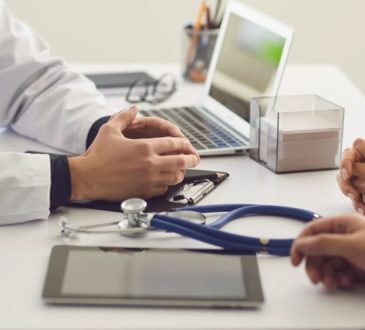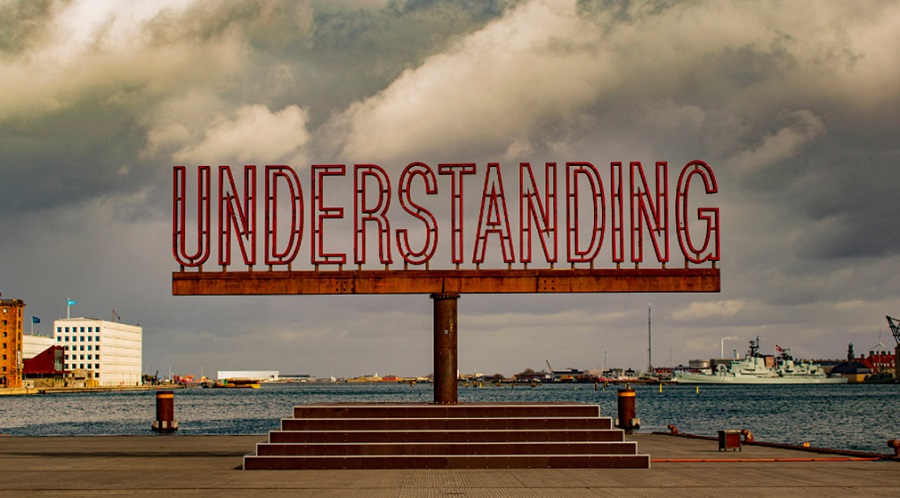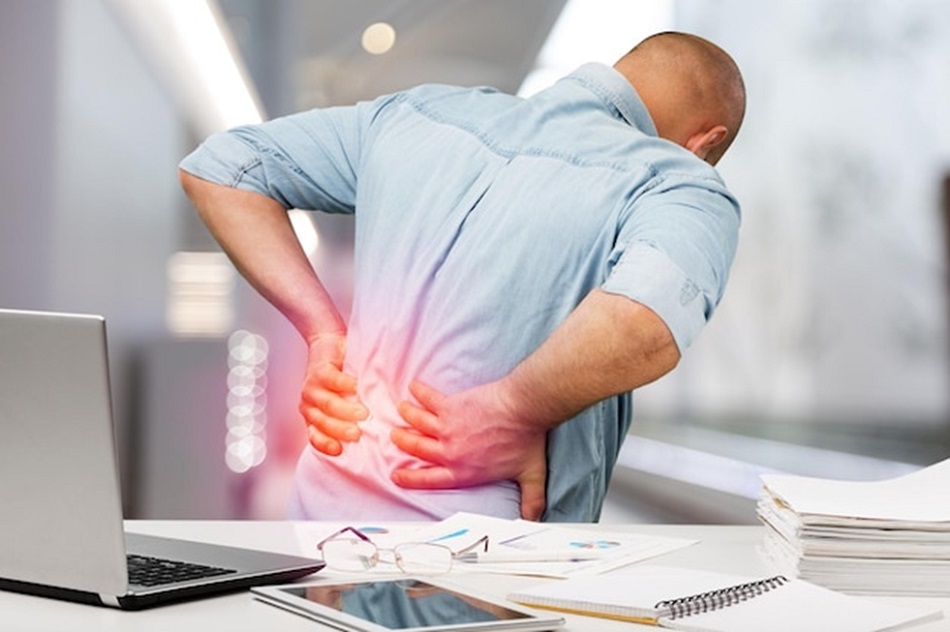
Did you know that one-sided back pain is actually quite common? In fact, it is believed that up to 80% of the population will experience some form of this type of back pain at some point in their lives. While there are many potential causes of this condition, fortunately, most cases can be successfully treated with conservative methods. In this article, we will discuss the various causes and treatment options for one-sided back pain.
Why You May Have One-Sided Back Pain?
There are many potential causes of back pain. Some of the most common include:
- Tissue-Related Injuries: This type of injury can occur when there is damage to the muscles, ligaments, or tendons in your back. Tissue-related injuries are often the result of an accident or trauma, such as a car accident or fall.
- Disc Problems: A disc problem is a condition that occurs when one of the discs between the vertebrae in your back becomes damaged or ruptured. It can lead to pain, numbness, and tingling in the affected area
- Bone Complications: Bone complications can occur when there is an issue with the bones in your back. This may be due to a fracture, infection, or tumor. It is important to note that bone complications are relatively rare, and more important to know when to go to the doctor for back pain for early diagnosis and treatment.
- Internal Organ Problems: While not as common, internal organ problems can also cause one-sided back pain. Some of the most common causes of this type of back pain include kidney stones, pancreatitis, and liver problems. Plus, pregnant women may experience one-sided back pain due to changes in their body position.
What Treatment Options Are Available?
If you are experiencing one-sided back pain, it is important to seek medical attention right away for back pain in Omaha. It will allow your doctor to determine the cause of your pain and provide you with the appropriate treatment. Treatment options for one-sided back pain vary depending on the underlying cause. However, some of the most common treatments include:
- Rest: Rest is often one of the best ways to relieve pain and inflammation in your back. In most cases, you will need to take a break from any strenuous activities until your symptoms subside.
- Ice Packs: Applying ice packs to the affected area can help reduce swelling and inflammation. Make sure to keep the ice packs on for about 20 minutes at a time and repeat as needed.
- Heat Packs: Heat packs can also help reduce pain and inflammation. They should be applied to the affected area for about 15-20 minutes at a time.
- Medication: Oral medications such as NSAIDs can help reduce inflammation and pain. Talk to your doctor about the best medication for you.
Wrapping Up
If you are experiencing any of the symptoms listed above, it is important to see a doctor right away. They will be able to determine the cause of your pain and recommend the best treatment option for you.




